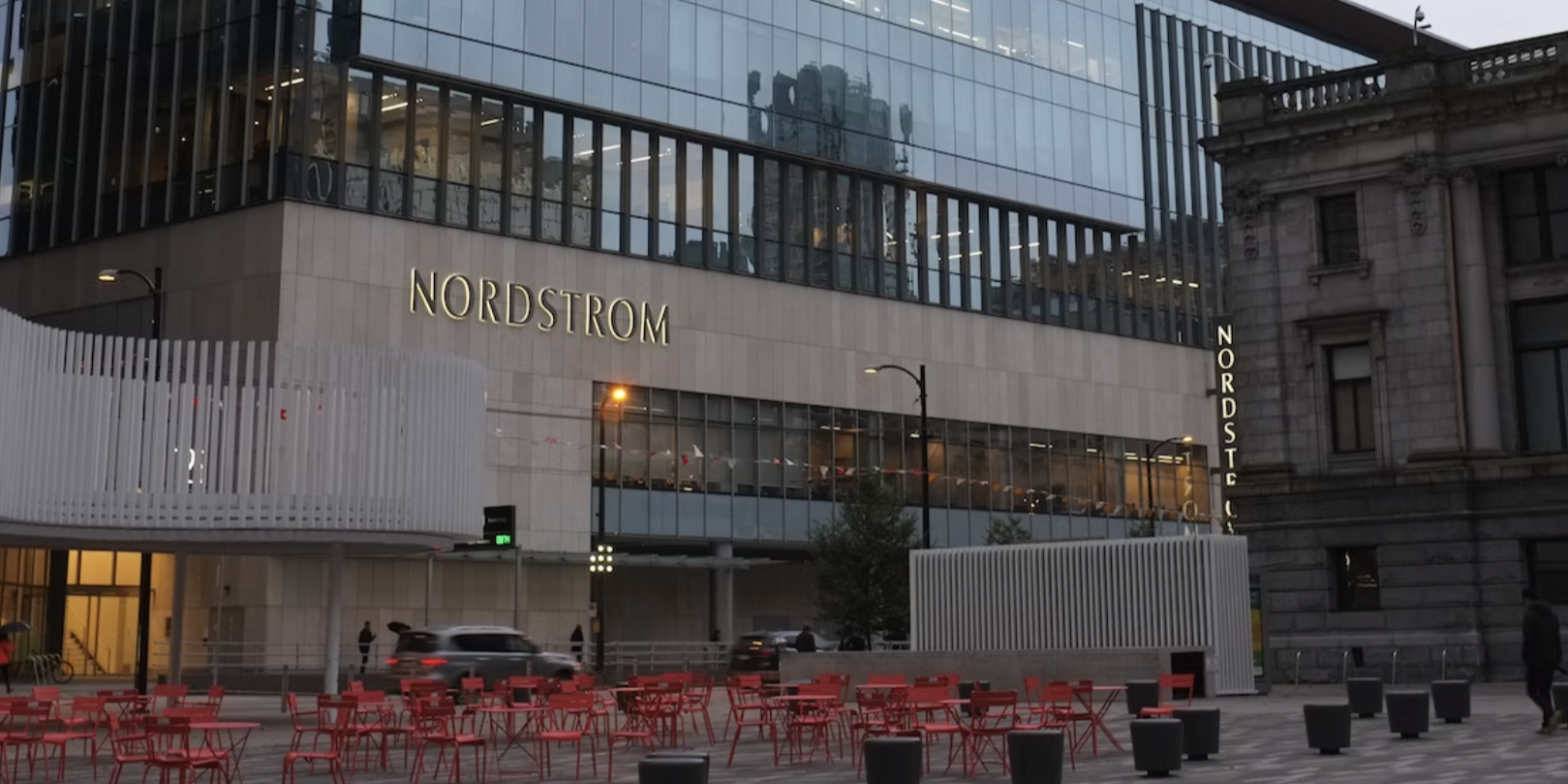
History has shown us that American retailers attempting to enter Canada need to proceed cautiously, and often fail. It’s time to add Nordstrom to the list of failures that also includes Target and Lowes.
When Target entered Canada, consumers were excited. They were a discount retailer with a fun vibe, unique to the Canadian market; consumers were looking forward to the shopping experience. Despite this excitement, Target ultimately failed. Nordstrom did not have the head start that Target did – they never had the same level of buzz on which to build momentum. Nordstrom’s value proposition, selling clothing in the middle-luxury segment, is not unique. Even within Canada, they directly competed with The Bay, without the same heritage and loyalty. At the same time speciality retailers like Lululemon and Aritzia are taking share from department stores and other general merchants all around the world.
Nordstrom experienced many of the same challenges as Target. First, they struggled to fill their shelves. Replenishing inventories across geographies is inherently complicated and neither company created an appropriate strategy to deal with this. Similar to Target, Nordstrom operated incredibly large stores. The store in the Eaton Centre (downtown Toronto) occupies 213,000 square feet, while the store in Downtown Vancouver is 228,000 square feet. Being productive across such a large footprint is challenging. Smaller footprints at specialty retailers create personal and intimate shopping experiences with cheaper leases.
With the rise in e-commerce, brick and mortar retailers have additional competitive pressure. Retailers like SSENSE have succeeded in driving consumer excitement and utilizing technology to enhance their in-store experience. Shopping in person also inhibits the price comparisons to which consumers are now accustomed. Nordstrom’s shopping experience, to put it bluntly was good, but not good or unique enough to drive consumers to make the trip.
So why did Nordstrom decide to close stores now? Why not attempt to make operational changes and modify their strategy? Ultimately, the state of the economy is concerning for Nordstrom’s business model. With a looming recession, consumers will likely cut discretionary spend. This would lower Nordstrom’s top line, leading to further profitability issues.
The need for multinational companies to do their due diligence and have a clear strategy is more relevant than ever. Companies must have a clear target market and understand the nuances of Canadian shoppers and the retail landscape North of the border.
